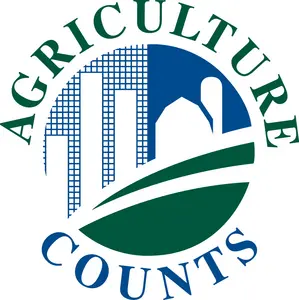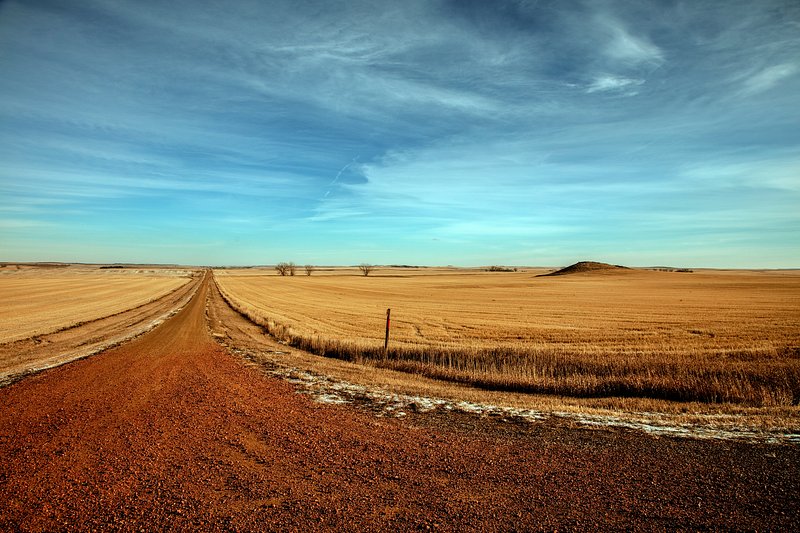South Dakota’s Agricultural Landscape in Focus: Addressing Moisture Challenges and Crop Conditions
With the week ending January 5, 2025, South Dakota faces significant agricultural challenges. According to the USDA’s National Agricultural Statistics Service, the state’s topsoil moisture supplies are rated 34% very short, 45% short, 21% adequate, and 0% surplus. Subsoil moisture tells a similar story, with 33% very short, 46% short, and 21% adequate.

USDA National Agricultural Statistics Service
The dryness extensively affects the state’s 29% of farmland, marking it as very short on moisture. This has profound impacts on pasture and rangeland, with only 17% of South Dakota’s pastureland in good condition. These figures are compelling farmers to rethink water management and crop planning.

Winter wheat, a staple crop for the region, is experiencing adverse conditions with 12% rated very poor and 18% poor. This leaves 48% in fair condition and 22% good, underscoring the challenges posed by insufficient moisture.
In contrast, South Dakota’s sorghum and sunflower crops tell a more positive story. With 96% of the sorghum and 89% of the sunflower harvested, these figures are slightly ahead of the average, showcasing successful strategies amidst challenging climatic conditions.

The persistent drought conditions highlight the crucial need for innovative agricultural techniques and practices among South Dakota farmers. Community discussions and expert workshops facilitated by organizations like the USDA and Brownfield Ag News are becoming imperative for sharing knowledge and developing actionable strategies.
Brownfield Ag News, well-regarded for its comprehensive coverage across Illinois, Indiana, Iowa, Michigan, Minnesota, Missouri, Nebraska, Ohio, South Dakota, and Wisconsin, continues to provide critical updates on market trends, weather reports, and significant agricultural events. Their detailed insights allow stakeholders to make informed decisions amidst the climatic challenges.
For South Dakota’s agricultural community, adapting to changing conditions through modern irrigation techniques and crop selection is becoming less of an option and more of a necessity. The collaboration between governmental bodies, local farmers, and organizations stands as a testament to effective crisis management through community engagement. Organizations like the USDA have been proactive in releasing significant reports such as the 2023 Census of Aquaculture, offering vital data.
The next USDA report, expected on February 3, 2025, will be pivotal in assessing subsequent directions. As soil conditions remain under scrutiny, it is the resilience and strategic planning of South Dakota’s farmers that will determine the sustainability and productivity of the state’s agriculture in the long term.
The exact strategies developed in upcoming months will reflect on South Dakota’s ability to not just endure but thrive under the ever-pervasive shadow of climate change. With strategic planning and collaborative efforts, South Dakota’s agricultural community continues to stand at the forefront of innovative agriculture, paving the way for solutions to some of the most pressing environmental challenges.
